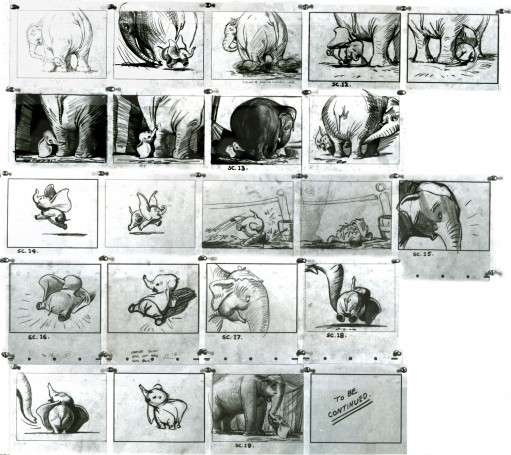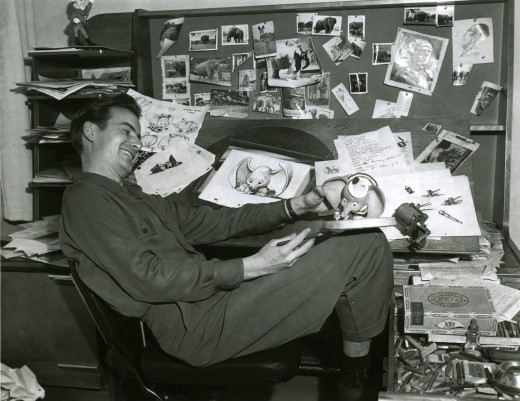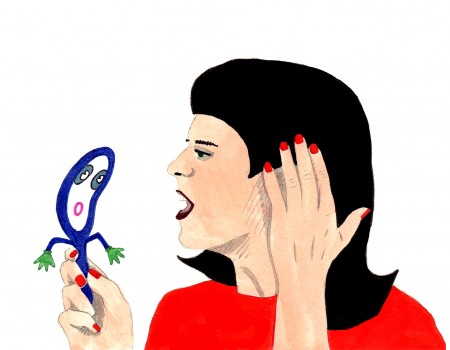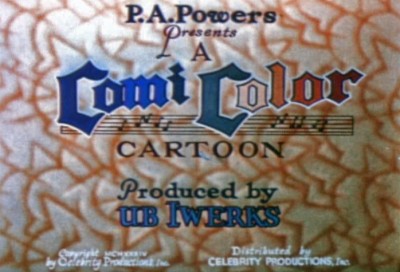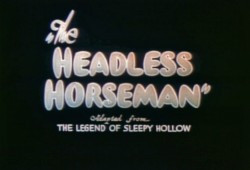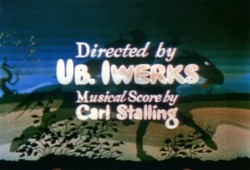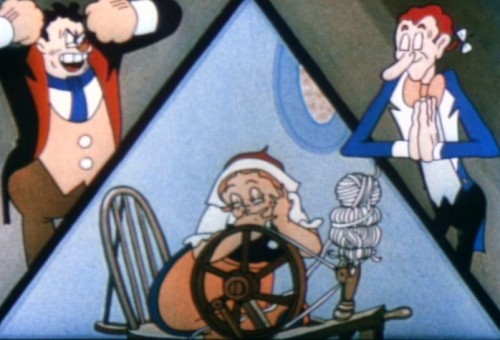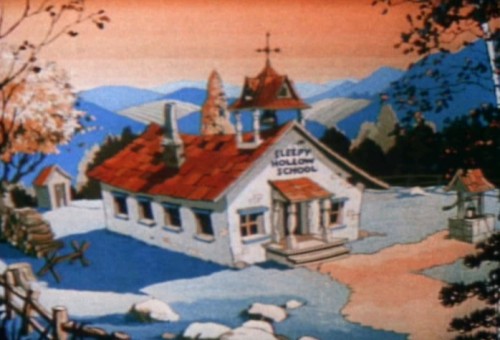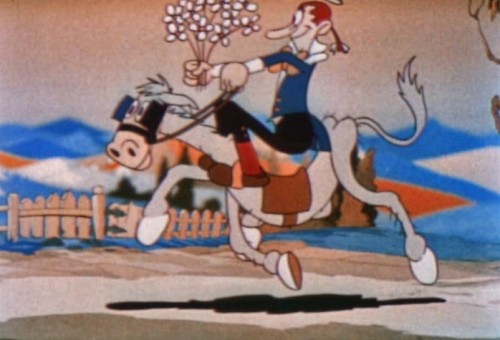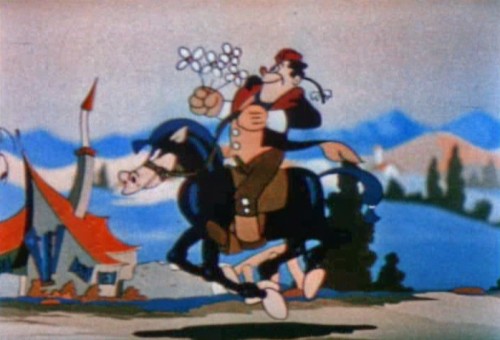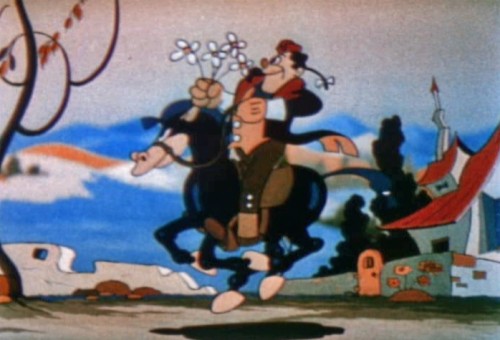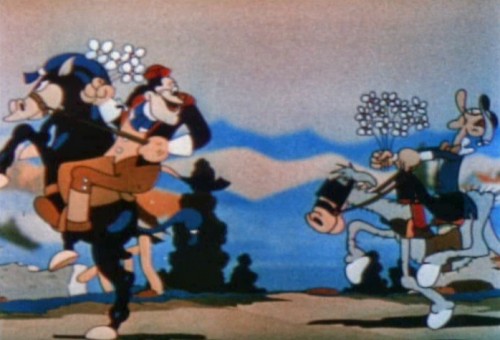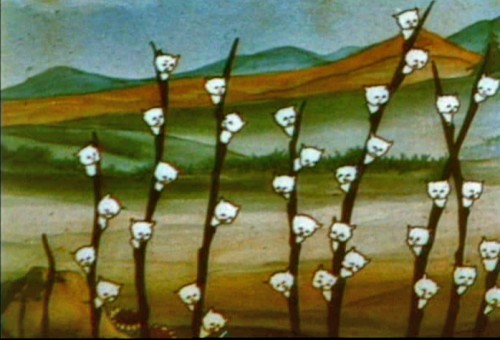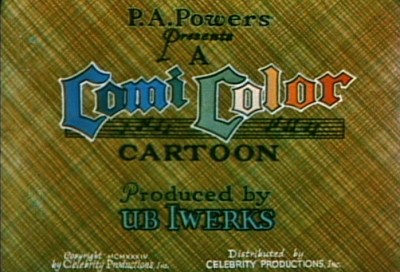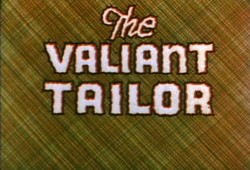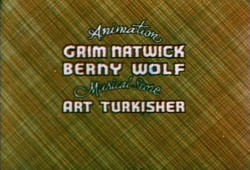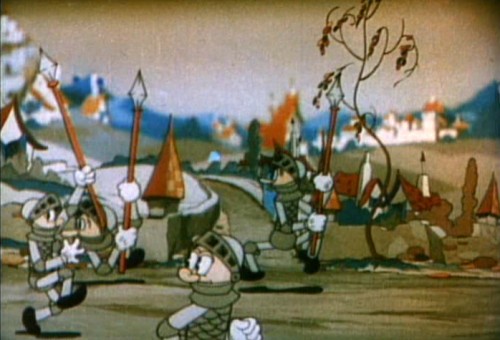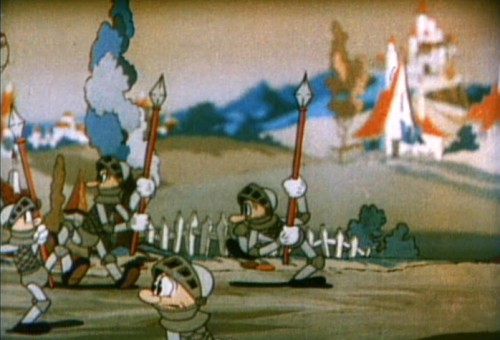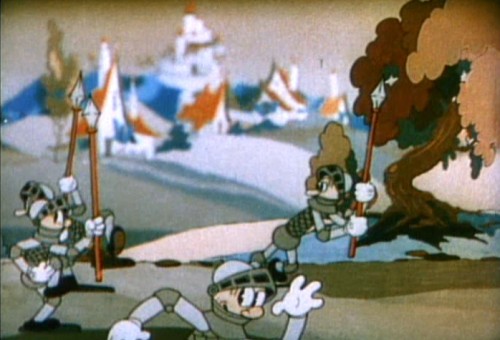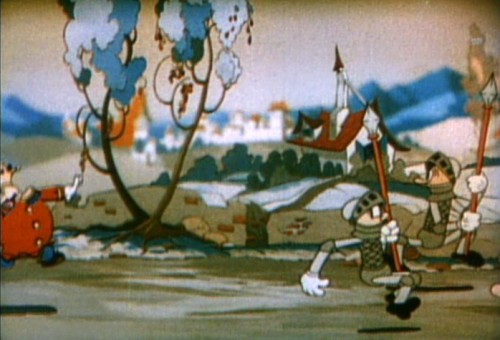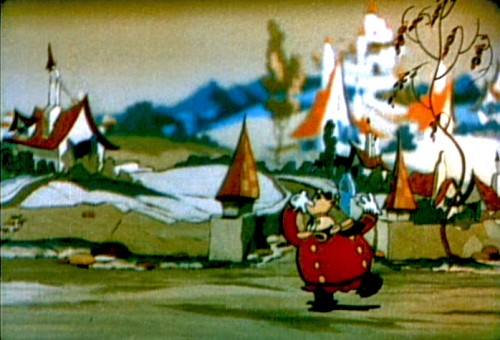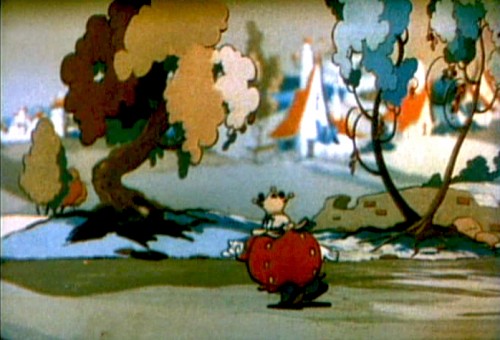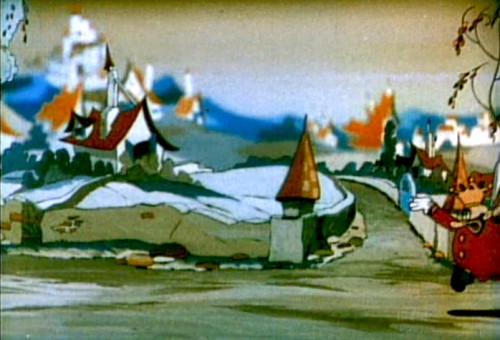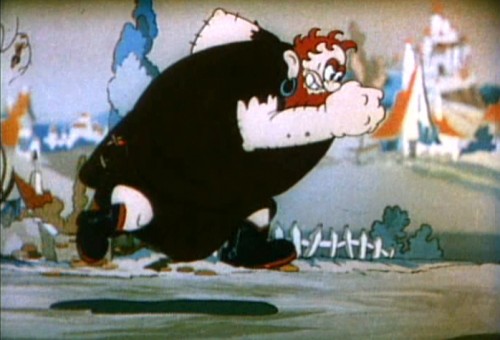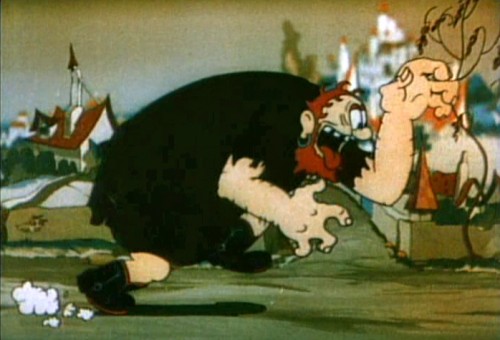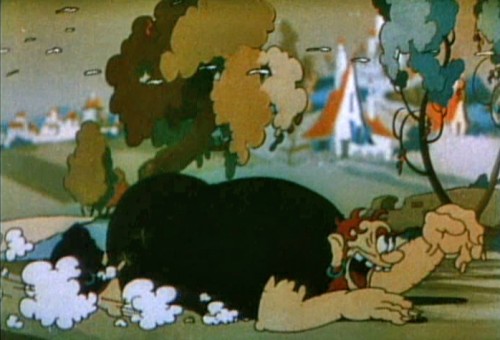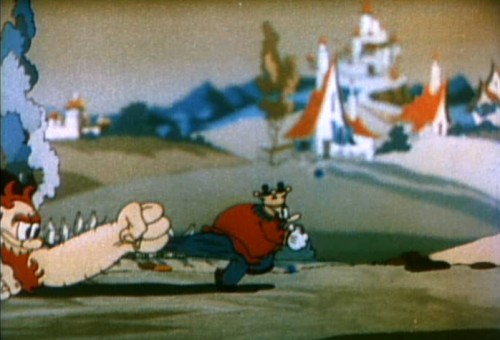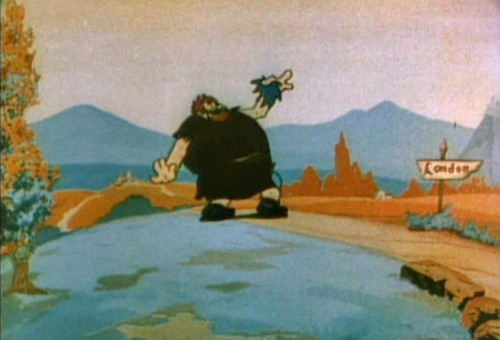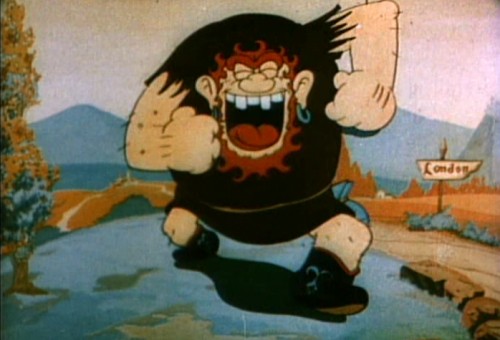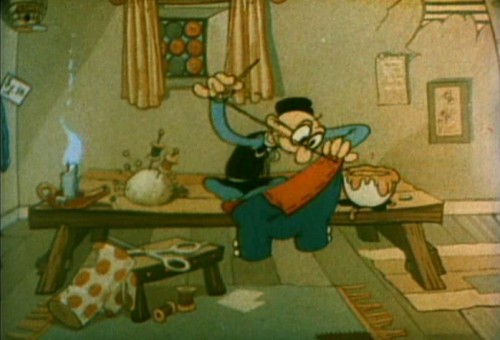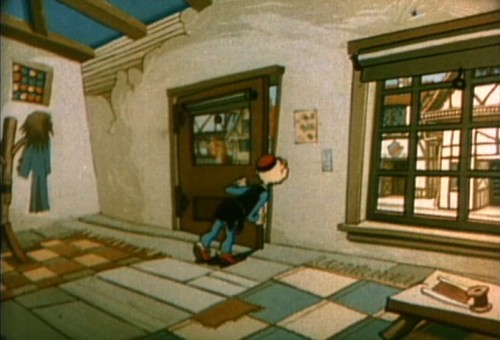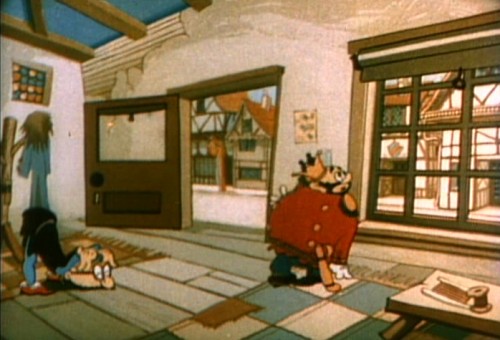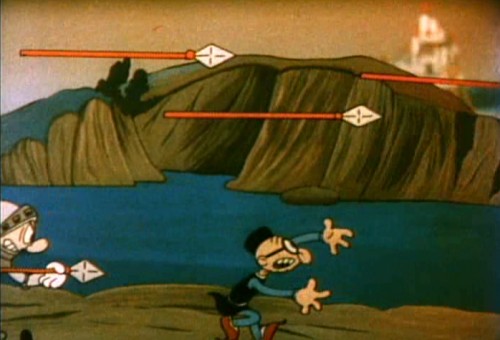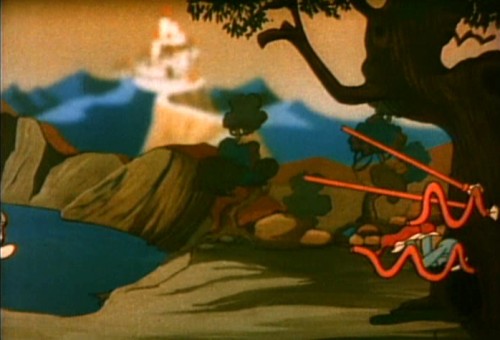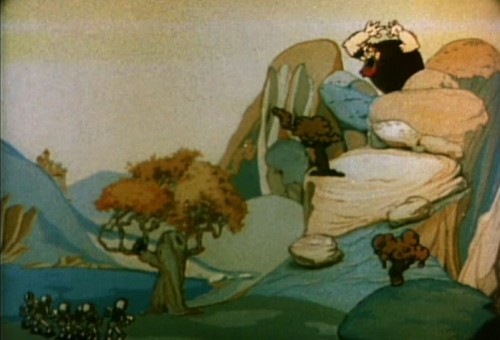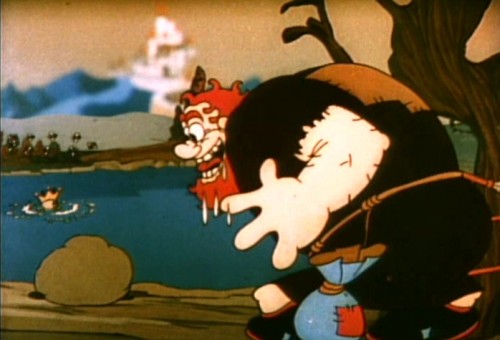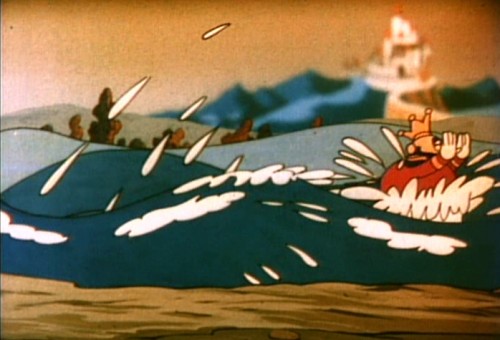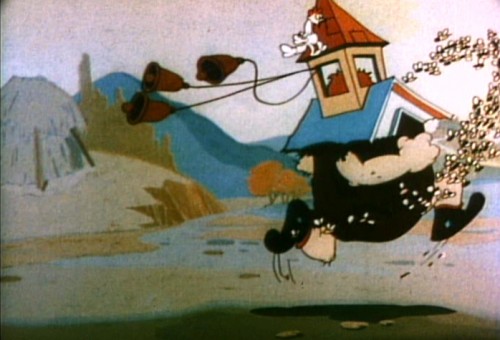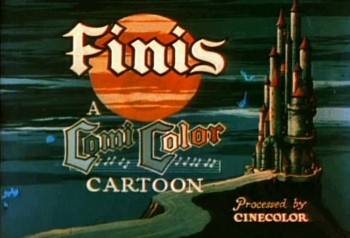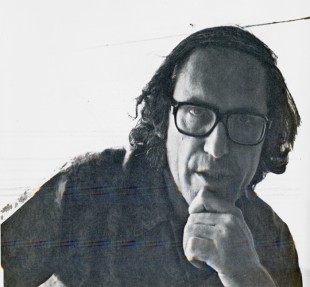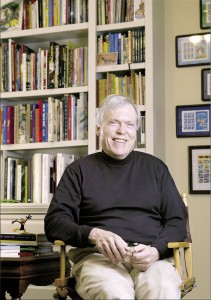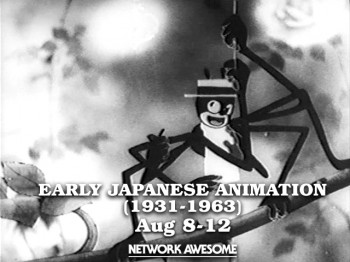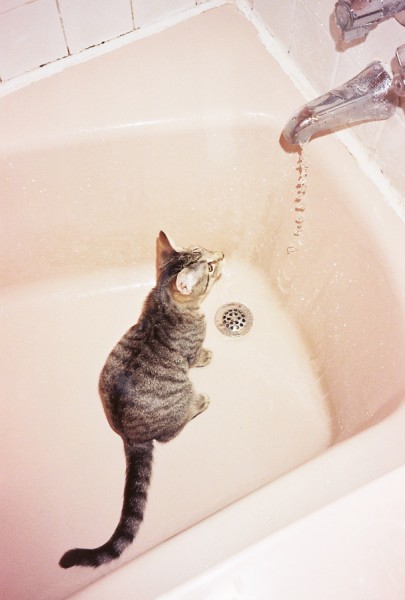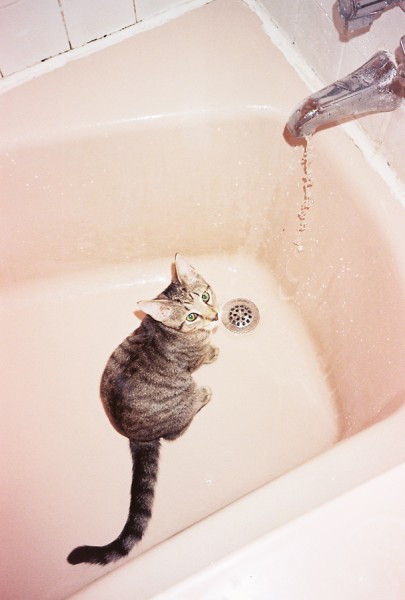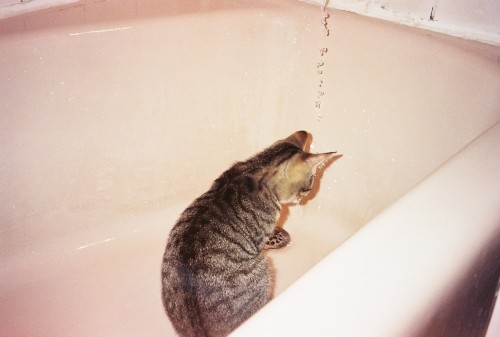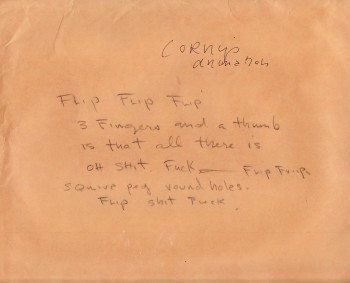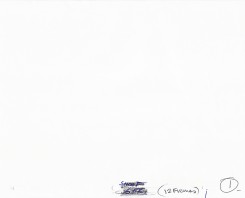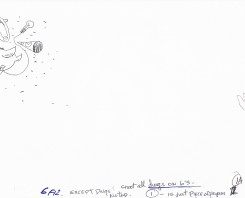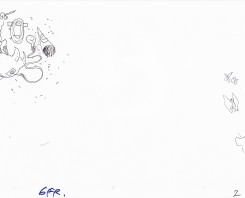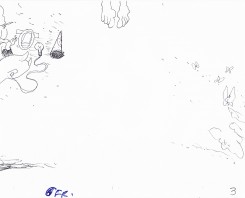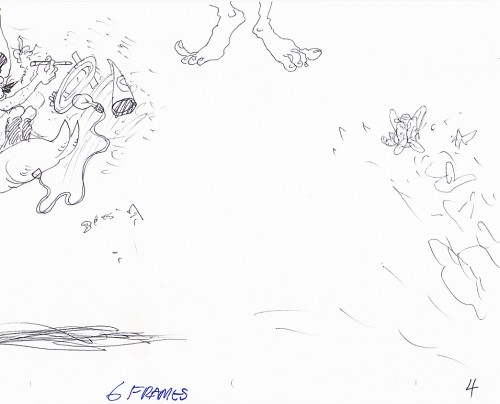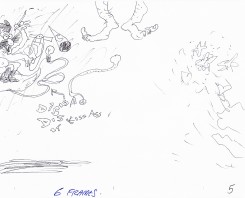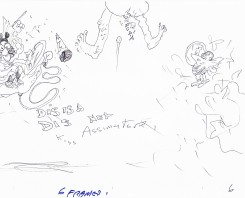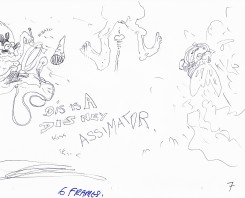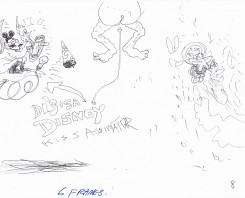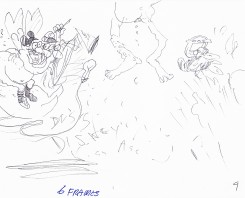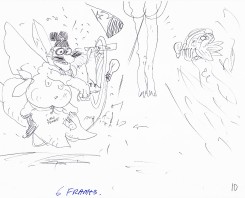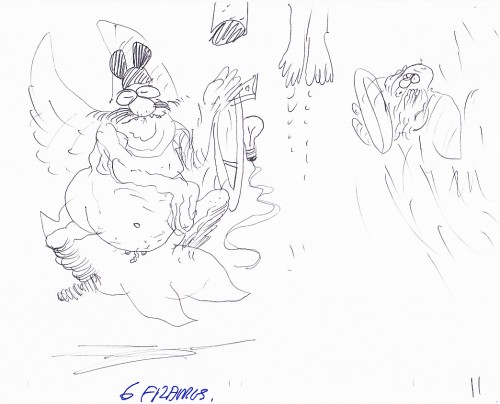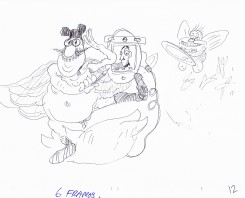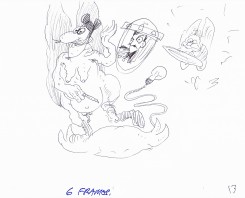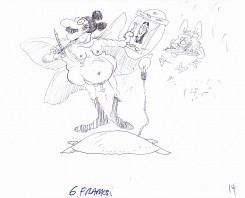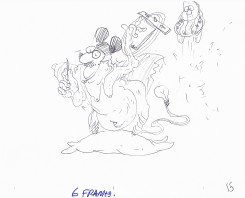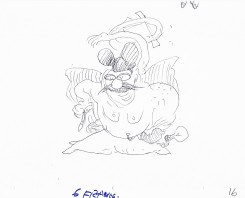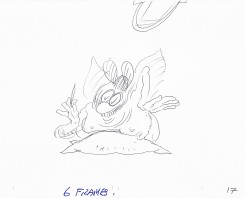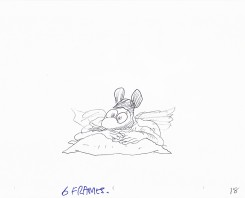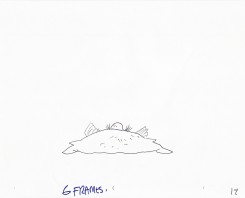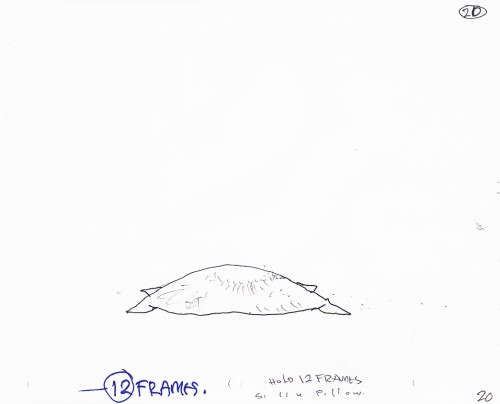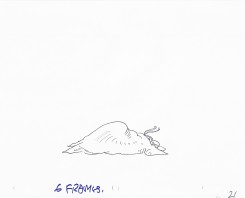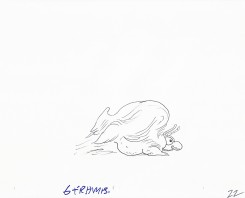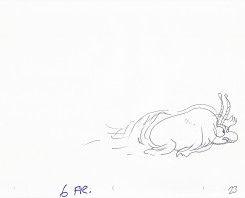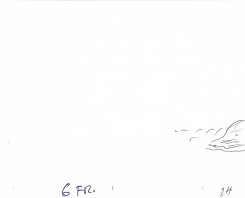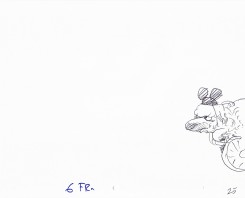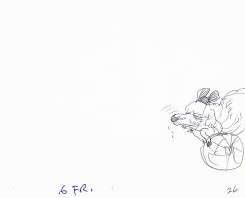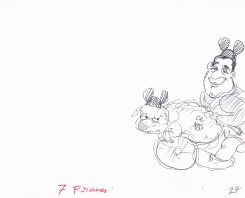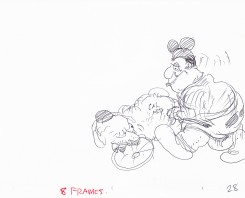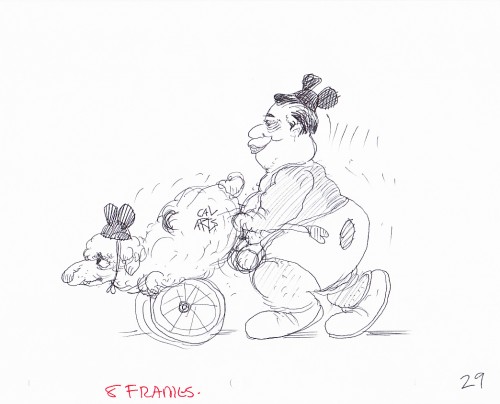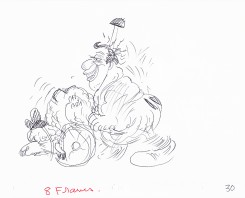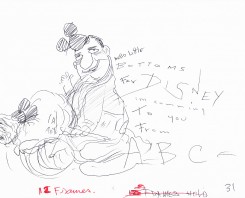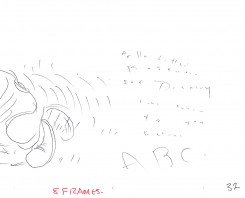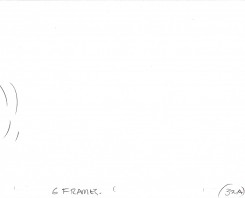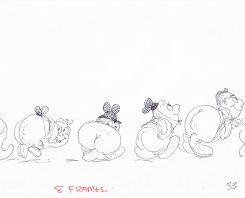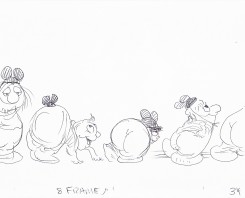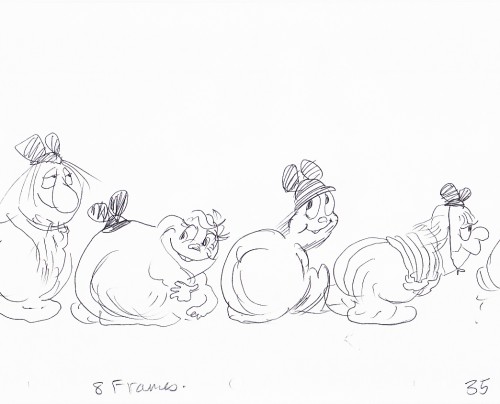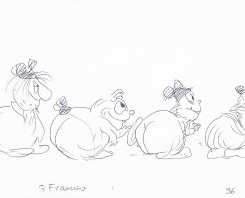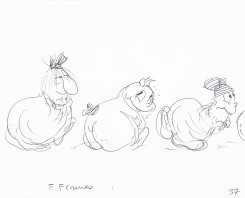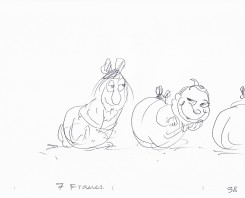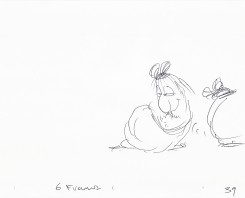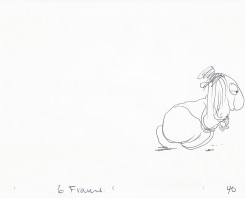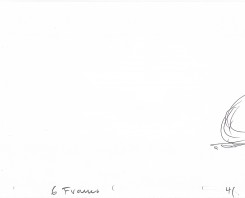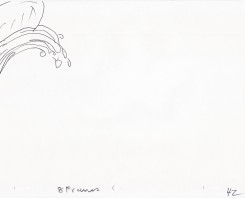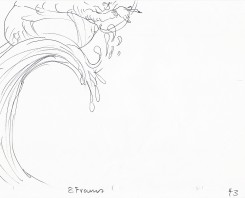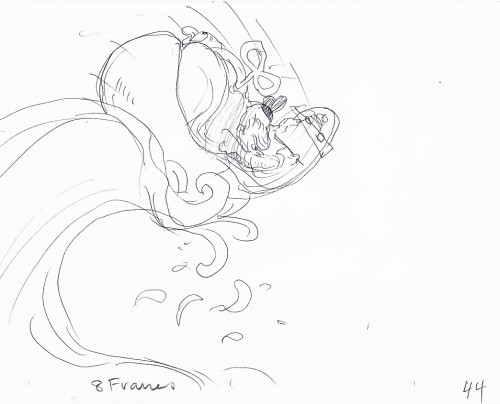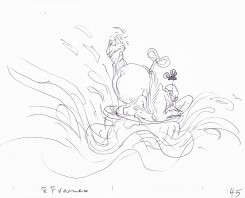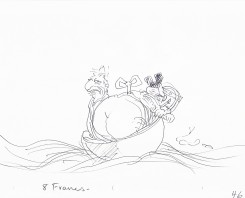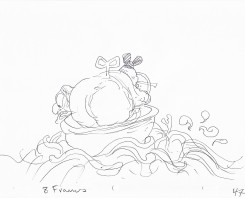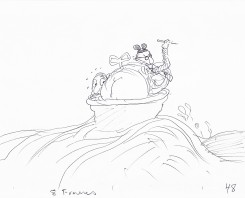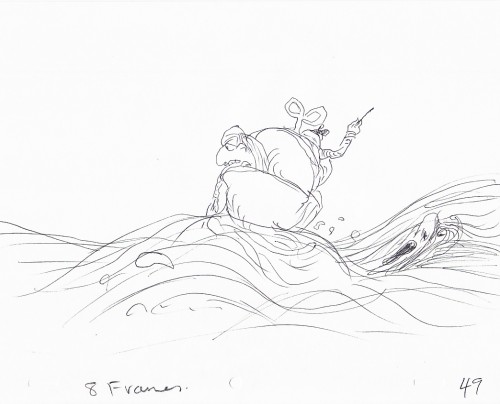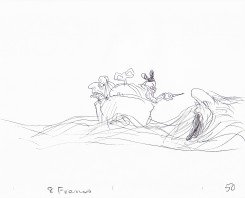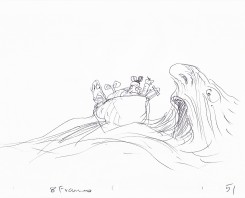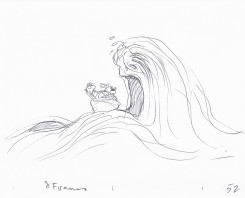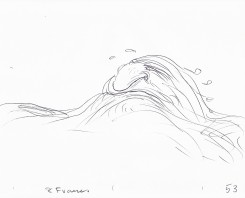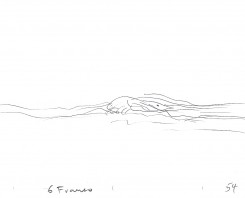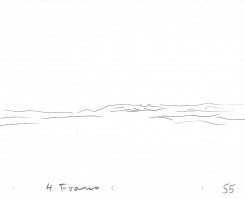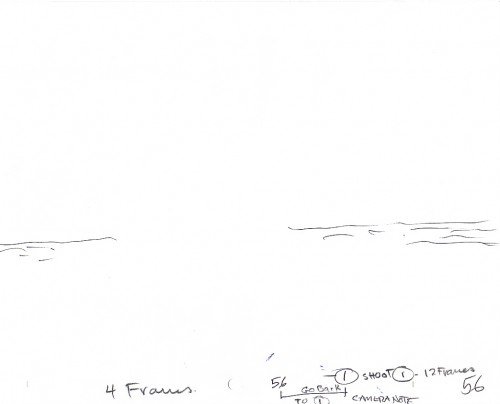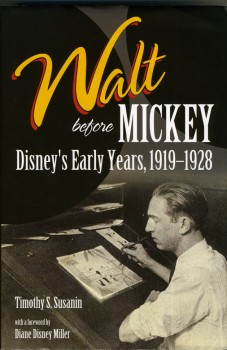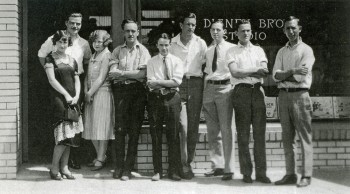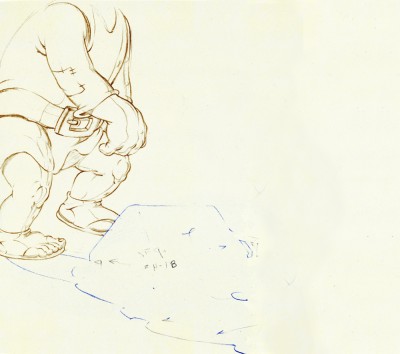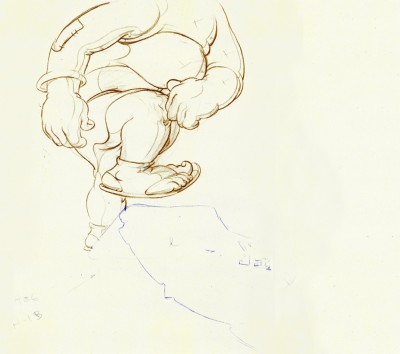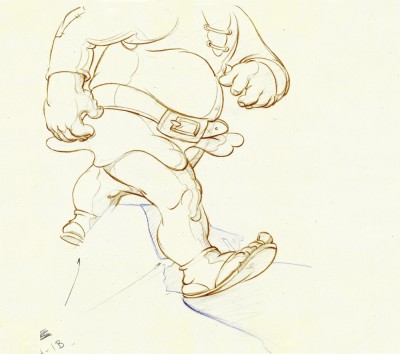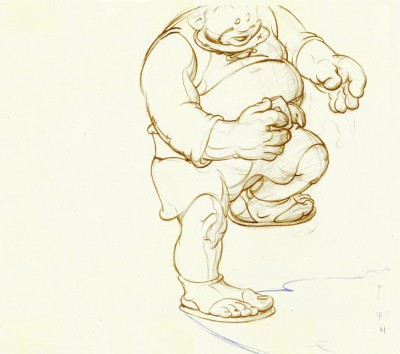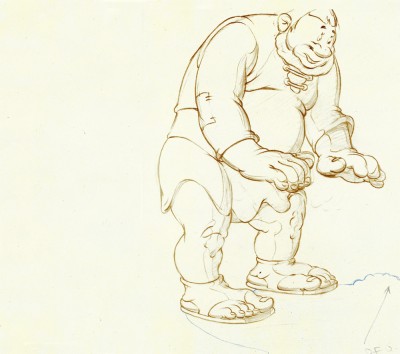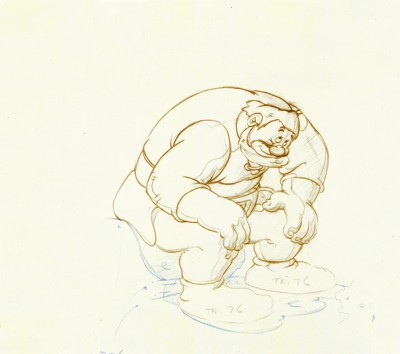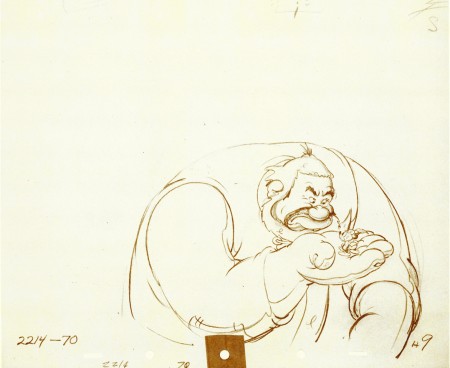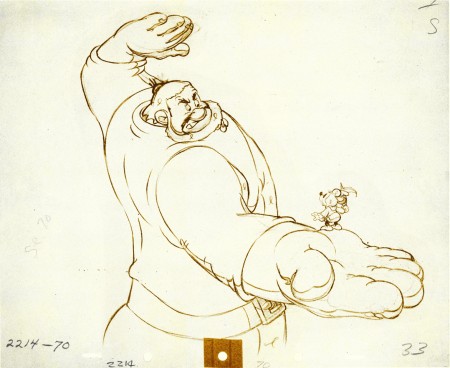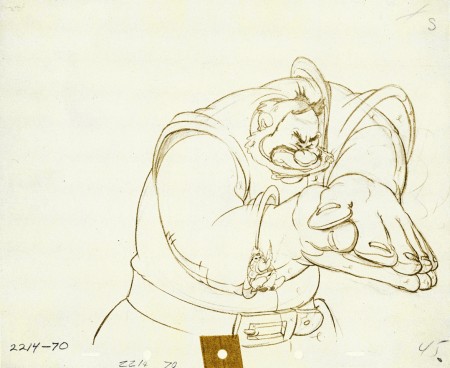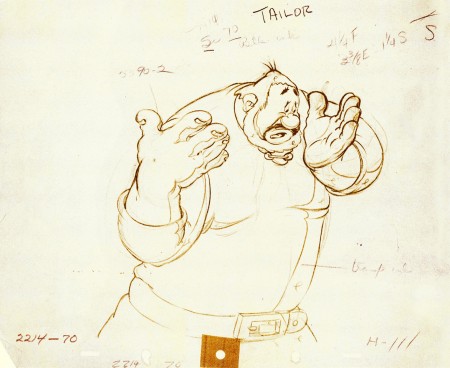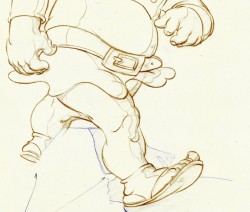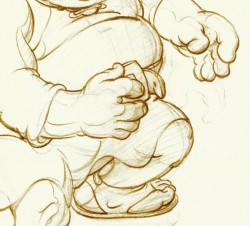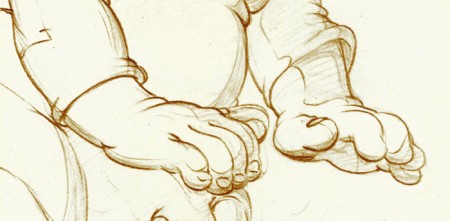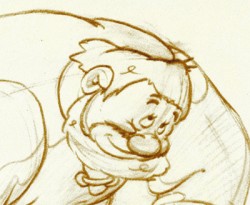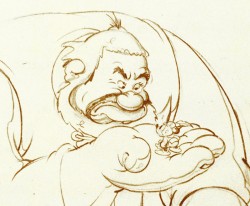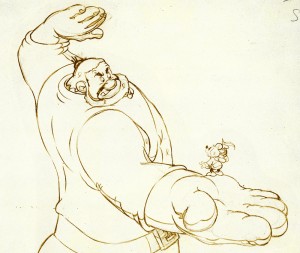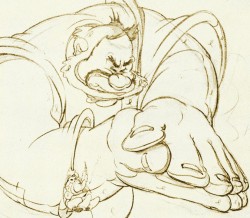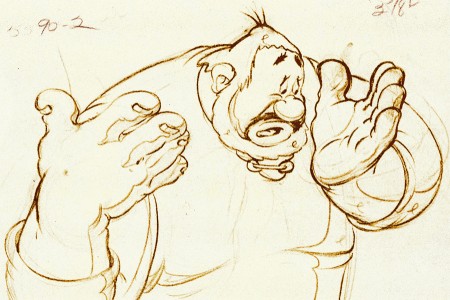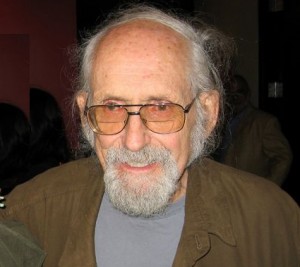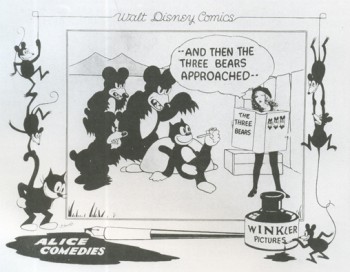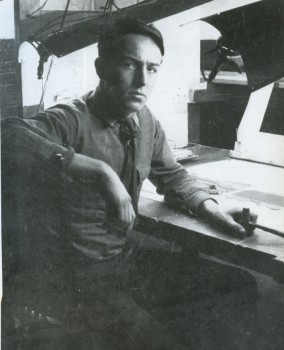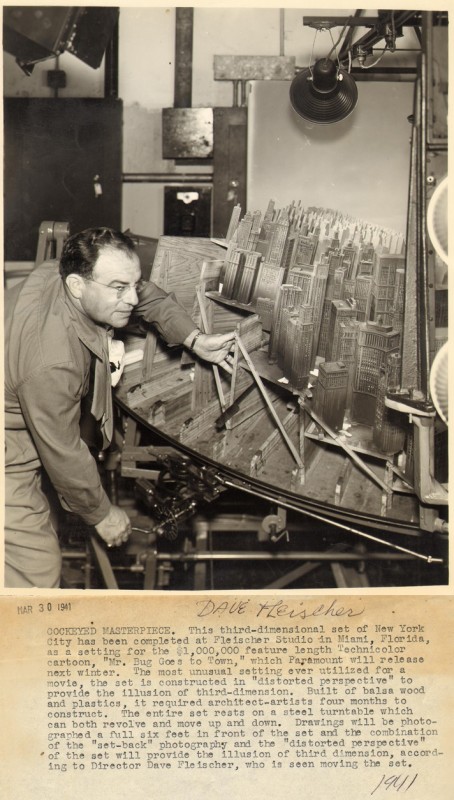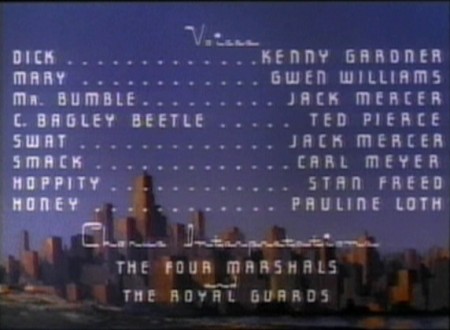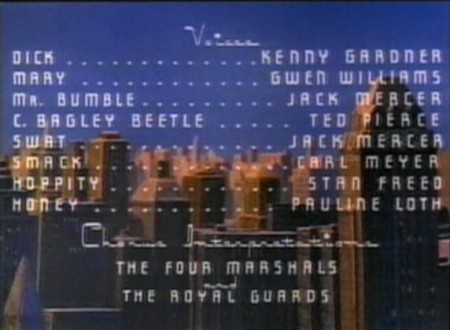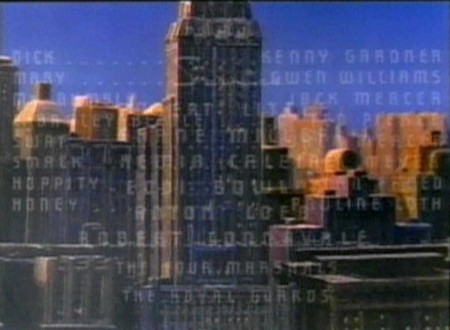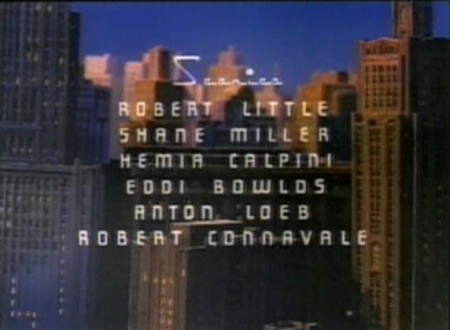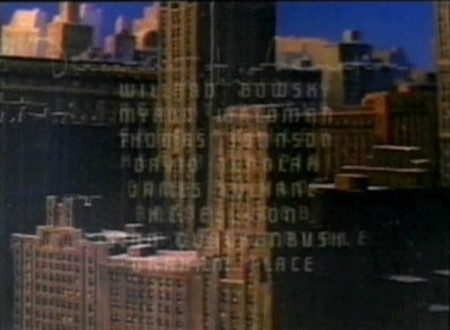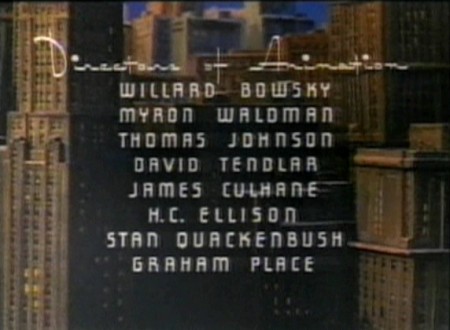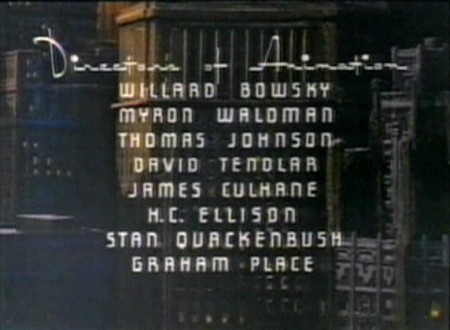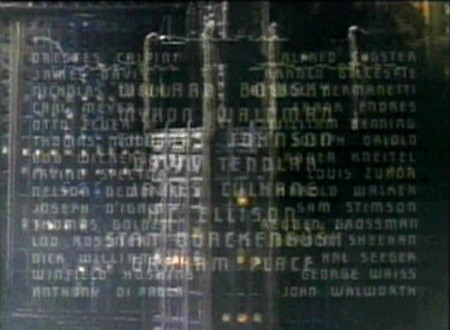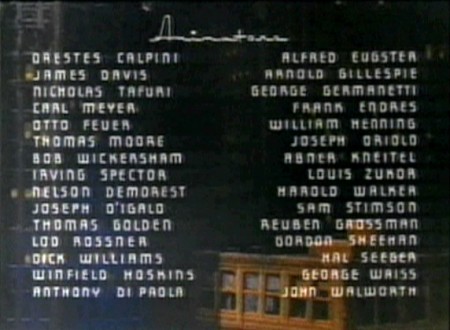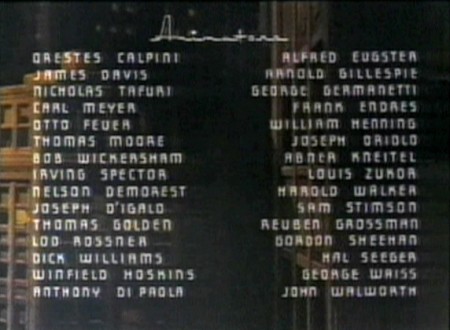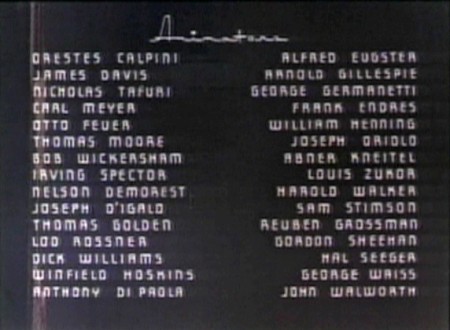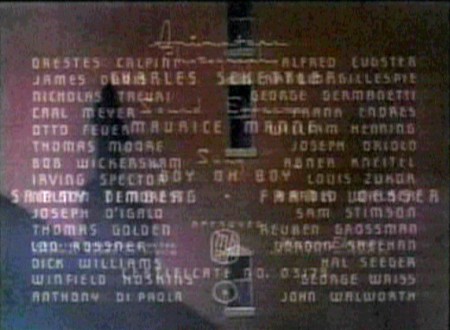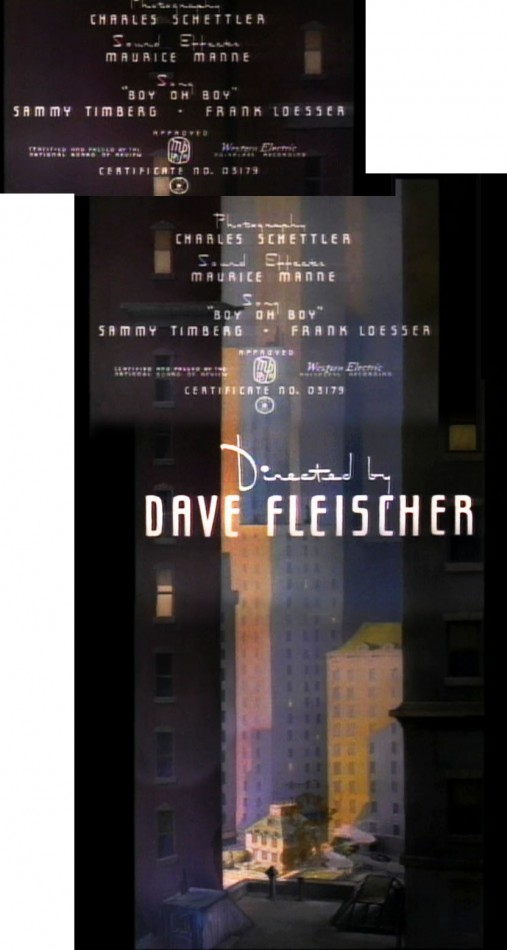This interview excited me and made me want to work. Her investment in animation should be an inspiration to anyone wanting to make a career of it, and I hope young animators will take note of the direction she followed. She always seems to have fun in the films she made, which all seem to successfully hide hard work of filmmaking. Her love of the work is obvious.
Q. Can you tell us what brought you to animation.
A. When I was seven years old, my parents gave me a tiny zoetrope on a beige, plastic turntable for Christmas. I loved that toy! I read mountains of comic books and watched Warner Brothers cartoons on television every day. In high school, I saw several films by Norman McLaren from our city library and fell in love with his personal style and his experimentation with various media and animation techniques.
But I think the main factor was seeing La Jettée by Chris Marker at U.C. Berkeley. After I saw it in class, the professor let me borrow the projector and the16mm print, so I could look at it over and over. La Jettée led me to producing multi-image shows and that led to animation.
Q. What was your initial training?
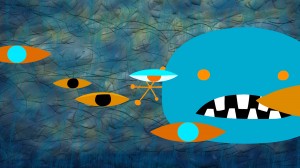 A. After living in Paris, I moved to central Oregon and settled in Sisters, a tiny, lovely cowboy town. In Paris I went to the Cinématheque Française everyday, so I was horrified that there were no movie theaters near Sisters, in an area half the size of Nova Scotia. Martha Kelley and I started Strictly Cinema and showed 16mm movies at the local high schools. Then we put on film ______________EYELINER (2011)
A. After living in Paris, I moved to central Oregon and settled in Sisters, a tiny, lovely cowboy town. In Paris I went to the Cinématheque Française everyday, so I was horrified that there were no movie theaters near Sisters, in an area half the size of Nova Scotia. Martha Kelley and I started Strictly Cinema and showed 16mm movies at the local high schools. Then we put on film ______________EYELINER (2011)
festivals and I was able to see lots
of independent animation. At one point, I went to Safeway and bought a pack of index card and started experimenting.
That led to a job at the Northwest Film Center (in Portland, Oregon) where I took an animation class from Roger Kukes. My index card experiments resolved into The Rubber Stamp Film, which led to the Experimental Animation MFA program at Cal Arts.
Q. Who and/or what films were early influences?
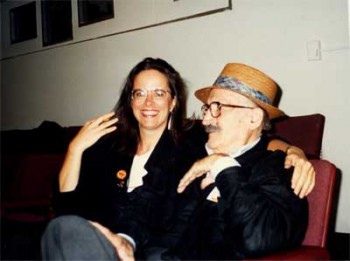 A. I am very lucky and have had wonderful mentors. That’s why I run an internship program. My teacher at Cal Arts, Jules Engel, was a brilliant abstract artist. He was always pushing the envelope into unknown territory and I got to know the Head of the Cal Arts Film School, Ed Emshwiller, who was an inspiring, lovely man and extraordinary artist who experimented in a variety of media. ______________________________Joanna and Jules Engel
A. I am very lucky and have had wonderful mentors. That’s why I run an internship program. My teacher at Cal Arts, Jules Engel, was a brilliant abstract artist. He was always pushing the envelope into unknown territory and I got to know the Head of the Cal Arts Film School, Ed Emshwiller, who was an inspiring, lovely man and extraordinary artist who experimented in a variety of media. ______________________________Joanna and Jules Engel
Faith Hubley was a tremendous influence. When she married John Hubley, they agreed to make an independent film every year, and they did. When her husband died, Faith continued to make a film every year for the rest of her life. I find that truly amazing. I attempt to make a film every two to three years and when I get discouraged, I think about Faith and John.
Other influences: Andrei Tarkovsky (especially Stalker), Werner Herzog, Hidao Miyazaki and Chris Marker. Remains to be Seen and Traveling Light by Jane Aaron, The Man who Planted Trees by Frederic Back, Lineage and Viewmaster by George Griffin and Blade Runner.
Blab! Magazine was a huge influence (especially work by Tom Biskup, Esther Pearl Watson, Gary Baseman, the Clayton Brothers, Ryan Heshka and Mats!?) as were the Pictoplasma books, Linda Barry’s What It Is and The Woman’s Encyclopedia of Myths and Secrets by Barbara G. Walker.
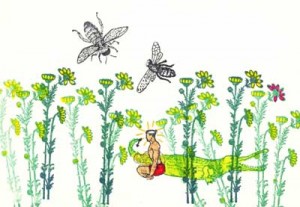 Q. You started with films that animated non-traditional media. THE RUBBER STAMP FILM, as its title indicates, uses rubber stamps to create the art, and THE DANCING BULRUSHES utilizes back-lit sand animation. What drew you to these forms as opposed to the traditional drawing?
Q. You started with films that animated non-traditional media. THE RUBBER STAMP FILM, as its title indicates, uses rubber stamps to create the art, and THE DANCING BULRUSHES utilizes back-lit sand animation. What drew you to these forms as opposed to the traditional drawing?
A. I was deeply influenced by Norman McLaren’s deep exploration of multiple techniques. At the very beginning of my career, ___________THE RUBBER STAMP FILM (1983)
I began experimenting with new techniques,
new subject matter, new color palettes and new genres with each film. I want to learn as much as possible with each new project and it is very important to me that my work evolves and pushes into unknown territory. With each film, I challenge myself to learn something new. That’s what keeps it interesting.
Q. You tried your hand at computer animation working on some hi-tech computers at CalArts making JADE LEAF (1985) and TIMES SQUARE (1986) on this system. Did you find the computer all that you’d hoped for back in those early days?
A. I had no hopes or dreams about computer animation because it was such a complete novelty. Only a handful of people had access to the big, beige Cubicomp that Cal arts bought. We turned it on and there was a blank screen. We had to find a programmer to make it possible to create and save the digital animation we made with the keyboard. He also set up a program that would shoot single frames on a 16mm Bolex set in front of the Cubicomp’s monitor.
That is how I made two computer films at Cal Arts, Jade Leaf (1985) and Times Square (1986) co-directed with Jules Engel. Collaborating with Jules was so much fun. We were always trying something new and every day that we worked together he would say to me: “Honey!! How can we do this differently?!†Jules always said he made another film from the footage that we shot, but I’ve never seen it.
Q. You went completely in the opposite direction with CANDYJAM (1988) with the very low tech object animation of candy. It must have felt very different working on this film?
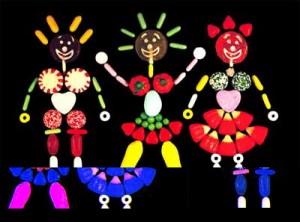 A. Candyjam was born when Joan Gratz and I met for the first time at the Hiroshima Animation Festival in 1985 and traveled together afterwards. I was collecting gorgeous Japanese candies with delicate spirals, autumn leaves, dots and colored grids. Joan and I talked about animating with candy and we thought “Wouldn’t it be amazing to ask different people from all around the world to do something with the candy from their area?â€
A. Candyjam was born when Joan Gratz and I met for the first time at the Hiroshima Animation Festival in 1985 and traveled together afterwards. I was collecting gorgeous Japanese candies with delicate spirals, autumn leaves, dots and colored grids. Joan and I talked about animating with candy and we thought “Wouldn’t it be amazing to ask different people from all around the world to do something with the candy from their area?â€
_____________________________________________CANDYJAM (1988)
So we asked filmmakers from several
countries if they might be interested in contributing sequences and were stunned when everyone we asked said yes (David Anderson, Karen Aqua, Craig Bartlett, Elizabeth Buttler, Paul Driessen, Tom Gasek, Christine Panushka and Marv Newland).
That’s one of the amazing things about the international animation community. People will share their talents and their time and they are willing to work together. Candyjam was a joy to make and also a bit of a nightmare because it mixed multiple techniques and two formats (35mm and 16mm).
Q. SHE-BOP (1988) is a stunningly beautiful film combining 3D puppets with drawn animation. It mixes mythology with cartoon on its way to telling this story of controlling your own destiny. Again it’s very different from CANDYJAM and a strong, stylized design. Any comments?
A. She-Bop (1988) is based on a wonderful poem by Carolyn Myers about the Great Goddess. I heard her perform it at a women’s gathering in the Oregon forest. I decided to experiment with puppet animation, even thought it was a bit intimidating to have the best puppet animators in the world a few blocks away at the Vinton Studio. I made a simple puppet with copper plates and lead wire and a set made with foam core board and duct tape. All of my films use very simple, inexpensive materials. Jazz composer Dave Storrs did a lovely soundtrack.
Q. PRO AND CON (1993) combines drawing and clay painting. It’s a teaming between you and Joan Gratz. She obviously did the clay painting to work off your drawings. The film investigates life within a prison, featuring monologues by two people within that prison: an inmate and a corrections officer. You used drawings by the inmates and object animation of some of the weapons and crafts from that same prison. It’s a daring and informative film. How did it come about and what more can you tell us about it?
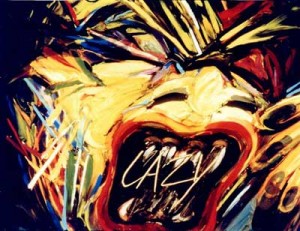 A. Pro and Con came about when Joan Gratz and I applied for a Percent for Art funding that accompanied the construction of a new prison. We sent out several hundred questionnaires to inmates in Oregon and Joan selected a response which became the basis for her half of the film, which she animated with clay painting.
A. Pro and Con came about when Joan Gratz and I applied for a Percent for Art funding that accompanied the construction of a new prison. We sent out several hundred questionnaires to inmates in Oregon and Joan selected a response which became the basis for her half of the film, which she animated with clay painting.
We also toured many prisons, where we met a very interesting African American corrections officer. I based my half of the film on interviews with her. In the McLaren _____________PRO & CON (1993)
tradition, I used a variety of techniques,
including object animation, puppets, drawings on paper and cel animation. I selected media, like animating freshly ground hamburger, that could be seen as a metaphor for incarceration. The hamburger was a pain to animate because it gradually turned brown and stinky over the course of the two day shoot.
I contacted the teacher of the art class at Oregon State Penitentiary and he asked his students to draw these wonderful self-portraits for the film. I also animated with contraband weapons and crafts that were confiscated from inmates.
Q. You worked on some of the earliest computer animation done at Cal Arts, working with older systems and programs. Obviously, you’ve adapted to the digital world in drawing your films. What programs do you like working?
A. I started working with Flash in 2002 and fell in love with it. Thank you, Macromedia! I find it easy to navigate and I never forget how it works. I also use Photoshop. I spent four months doing After Effects tutorials and trying to create work with it. Sadly, after a hiatus of six months, I’d forgotten everything.
Q. You originally used multi-media in making the films. Cutouts, cels, 3D puppets, even candy were all used to do your animation. Do you miss these different forms in making the more digital films?
A. I miss the elegant wheels and knobs and the clickety clack of my beautiful cameras. I still have a 16mm Bolex that I found under a table at a flea market. It came with several lenses, fabulous little metal accessories and a leather case. I also have a beautiful, stout, white, 35mm Mitchell camera. But it was expensive and exhausting to send cans of film by Greyhound bus to the lab in Seattle and then wait for weeks for them to process the film and send it back. They would always bump my little jobs for bigger commercial work.
I miss working with watercolor and felt pens on paper and I miss moving around and using more muscles than just my right hand, wrist and arm. But the immediacy and ease of use of Flash makes up for all of that!
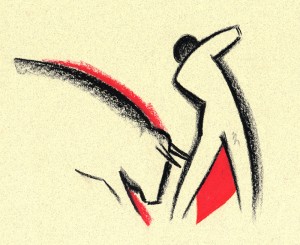 Q. In ANDALUZ you teamed with Karen Aqua in making this valentine to Andalucia. The film was done on paper in 2004, which means it was more traditional in style. This is rather late for a hand-made film. Was this intentional? How did the teaming of you and Karen come about and how did you break the workload?
Q. In ANDALUZ you teamed with Karen Aqua in making this valentine to Andalucia. The film was done on paper in 2004, which means it was more traditional in style. This is rather late for a hand-made film. Was this intentional? How did the teaming of you and Karen come about and how did you break the workload?
A. Andaluz began when filmmaker Karen Aqua, her composer/musician husband Ken Fields and I were all chosen to be artists-in-residence at the Fundaçion Valparaiso in the village of Mojacar _________ANDALUZ (2004)
in southern Spain. To honor that synchronicity, the three of us collaborated on a film.
We began with a ritual and decided to do a film about the area. That gave us license to hike around outside and draw the architecture, animals and plants, study the sky, go swimming and study the water. We sat side by side and did about 1200 drawings together, sometimes drawing on each other’s drawings. After the residency, the three of us traveled together and lugged those drawings everywhere. We didn’t want to take a chance on losing them.
Karen was in Boston and I was in Portland, Oregon and we found that shipping drawings back and forth made us both nervous. So we had two additional residencies, at the Millay Colony and the MacDowell Colony where we finished the artwork together. Then we turned Andaluz over to Ken Field who produced amazing music with Juanito Pascual and Lance Limbocker who did the sound design.
Andaluz took about four years to make. During the process, Karen was diagnosed with cancer and underwent chemo several times, so there were a lot of challenges to face. Karen died on May 30, 2011 and I miss her terribly. She was a wonderful woman and a brilliant filmmaker/artist. I feel so lucky to have had this collaboration with her and Ken Field.
Q. OUT OF SHAPE uses iconic graphic imagery that playfully moves about the screen. You’ve moved to complete abstraction, yet you give it such a personal lively, light sense of humor. The abstraction gains a personality and becomes funny. You seem to do this so naturally.
A. Thank you. I made Out of Shape (http://www.youtube.com/user/JoannaPriestley) in two months. I was lucky to have a friend, Marc Rose, who had the time to do the soundtrack. I had just spent two years completing another soundtrack and was demoralized with how long the process took, although I love how it turned out. To refresh my enthusiasm, I made Out of Shape very quickly and joyfully and immediately posted it on YouTube.
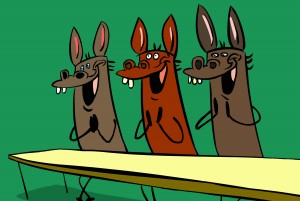 Q. In some ways MISSED ACHES seems a bit different from your other films. It’s a play on wordplay, but you treat it almost like a Warner Bros cartoon with bright, bubbly, cartoon music. In some ways it feels more like a Chuck Jones cartoon. It’s the obvious way to do the adapted story, but I wonder how you felt about it while doing it?
Q. In some ways MISSED ACHES seems a bit different from your other films. It’s a play on wordplay, but you treat it almost like a Warner Bros cartoon with bright, bubbly, cartoon music. In some ways it feels more like a Chuck Jones cartoon. It’s the obvious way to do the adapted story, but I wonder how you felt about it while doing it?
A. Missed Aches is based on a poem by Taylor Mali who led teams ______________MISSED ACHES (2009)
to four championships in the National
Poetry Slam. He was absolutely wonderful to work with. His words are so inspiring that the images just seemed to fall into place. I think it also helped to work at the onset with a friend who is a great storyboard artist (Dan Schaeffer). The challenge for me was to make a funny film with character animation. I am not funny. My husband, director Paul Harrod, is hilarious. Humor is extremely important to me and I think it’s the best way to cope with life.
I had a group of collaborators who made the process a great joy. I worked with a former student, Don Flores, a great character designer and animator, and with the famous Canadian sound designer, Normand Roger, Pierre Yves Drapeau and Denis Chartrand, who made the soundtrack. Major treat! While making Missed Aches, I saw Brian Kinkley’s graduation announcement on Facebook. He did this extraordinary animation of text, which is now constantly imitated. His text animation became the perfect background for the film.

Q. Anything you want to add?
A. I love what I do. I love coming to work everyday. I try to stay open, curious, follow my intuition and always try new things.
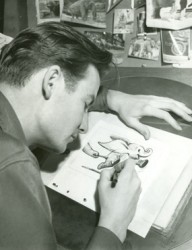 - Thanks to a loan from John Canemaker, I can continue posting some of the brilliant storyboard work of Bill Peet. The guy was a masterful artist. Every panel gives so much inspiration and information to the animators, directors and artists who’ll follow up on his work.
- Thanks to a loan from John Canemaker, I can continue posting some of the brilliant storyboard work of Bill Peet. The guy was a masterful artist. Every panel gives so much inspiration and information to the animators, directors and artists who’ll follow up on his work. 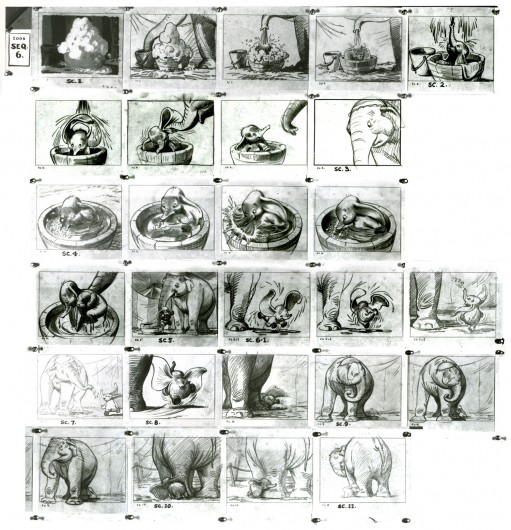

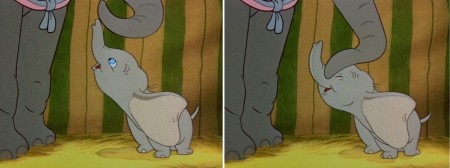
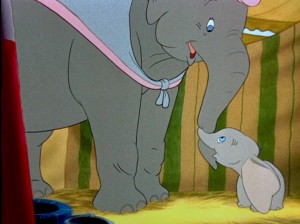 .
.